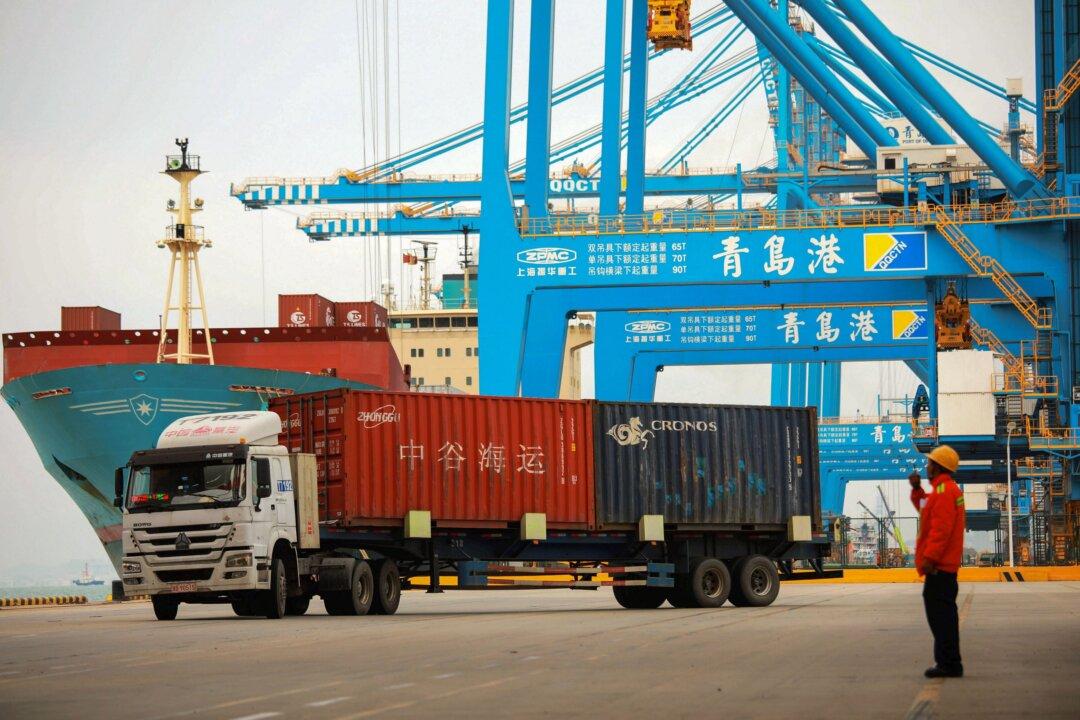Commentary
One of the most consistent criticisms leveled against President Donald Trump’s trade policy is that tariffs will hurt the economy and cost jobs. But what if the exact opposite is true?


One of the most consistent criticisms leveled against President Donald Trump’s trade policy is that tariffs will hurt the economy and cost jobs. But what if the exact opposite is true?